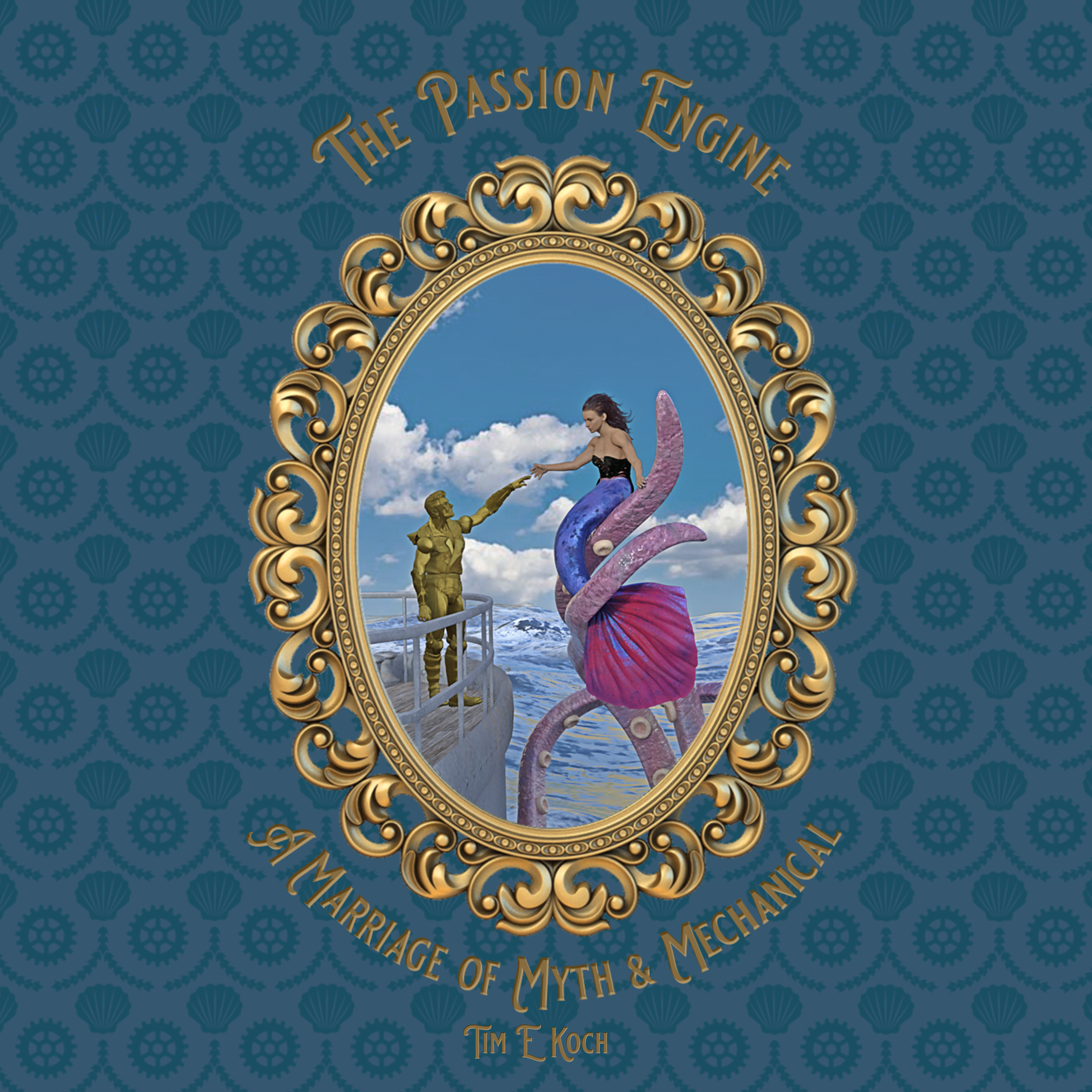
Although thirty-five years old now, the term steampunk remains well beyond the breadth of the average person’s lexicon to the extent that when asked what I write I use some variation of historical science fantasy unless I’m in a casual situation where a lengthy dialogue may ensue. Such situation presented itself recently at a physical therapy session, which amounted to an hour of casual conversation aimed, for the most part, at getting acquainted. I admitted I wrote steampunk and got the standard query: ‘What is steampunk?’ Over the years of going through the explanation, I’ve adopted what I feel remains the most comprehensive description: Steampunk is a genre in which romance may blossom betwixt an automaton and a mermaid. If further explanation is required, I explain it as a universe in which the highest and most extraordinary forms of mechanical technology may coexist and interact with mythology, the supernatural, and the paranormal. But, in truth, steampunk is far more.

When KW Jeter coined the moniker in April of 1987, he made reference to the already popular cyberpunk genre which juxtaposes extreme advances in technology with apocalyptic conditions, thus questioning the actual hope technology imparts upon our world. Nothing new there, as Mary Wollstonecraft was among the first generation of science fiction writers and proffered the same notion with the horrible product of Dr. Frankenstein’s pursuit of technologically instigated resurrection. But, if you look at the manner in which Jeter and his partners in the genre’s foundation wrote, even at the very beginning, you indeed find an exceedingly punk flavor of science fiction.
Aside from such stylistic extravagance as marrying Arthurian legend with the technologies of HG Wells, an extraordinary new means of protest lying beneath the delightful characters and situations of the stories. Beneath the airships and bowler hats, waistcoats and corsets, chronometers and lampposts, automatons and mermaids, all of which attest the first part of the moniker, that of steam, lies not merely a disregard of contemporary expectation of fiction prose but an outright defiance thereof. The novels which instigated the question to which the moniker of steampunk proved the answer abound with elaborate diction, grammatic structures of the distant past (such as passive voice and the more verbose means necessitated of preventing a preposition occurring at the end of a sentence), and a delightful renaissance of such recently abandoned punctuation as the semicolon.
If it please the court, allow the presentation of such supreme evidence that downright punkish rebellion exists in these texts. The witness: a character at the opening of the final volume of Jeter’s Infernal Devices trilogy, an undertaker, who is declared to be “the very caricature of his calling”. Simply put, the character is a cliché, the bane of any instructor of writing at any level from junior high upward. And so the second syllable of the enigmatic moniker ‘punk’ is satisfied.
Punk has never been a compliment. The origin of the work references a biting fly. Later it became the label for hoodlums and criminals, outcasts of society. The principal tenet of the social movement so named is: ‘If you’re not angry, you’re not paying attention,” and issued forth at the pinnacle of atomic-age youth thinking. But, rather than garbing in shredded black clothing with hair styles and makeup manifesting anger and rebellion, steampunks accoutre themselves in high fashion of the age prior the terrible modern wars and conduct themselves in manners of propriety and dignity, and, in so doing, commit protestation equal to or even far greater than their goth counterparts because it is done with additional illustrious varnish of gentility.
For an interesting insight into the punkishness of the Victorians themselves, see Victorian Steampunks.